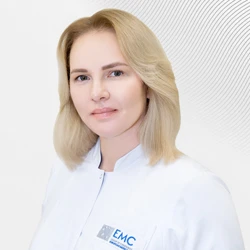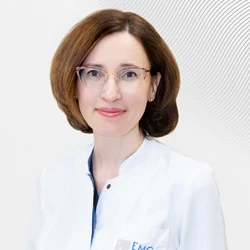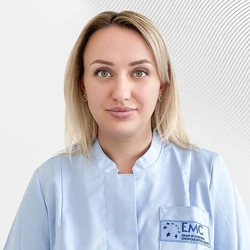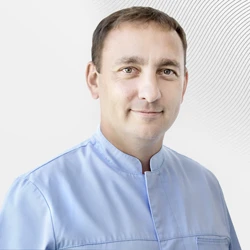Acute otitis media in children
Does your child have otitis media? - 4 reasons to apply to the children's clinic of the European Medical Center
- We employ leading pediatric ENT doctors, PhD
- We use evidence-based medicine methods and adhere to European treatment standards
- Modern diagnostic methods: we have the latest generation of diagnostic equipment in our arsenal
- Maximum comfort for children and parents
What is otitis media?
Acute otitis media is an infectious inflammation of the middle ear (the air cavity located behind the eardrum - it contains miniature auditory ossicles that transmit sound vibrations from the membrane to the inner ear).
Middle ear inflammation is caused by viruses or bacteria. Children are more susceptible to acute otitis media than adults. Middle ear infection is often accompanied by ear pain due to inflammation and accumulation of fluid (inflammatory exudate) in the middle ear cavity.
In the treatment of acute otitis media, the first task is to provide anesthesia with ear drops or oral painkillers. Middle ear infections in infants and severe otitis media require the appointment of antibiotics. Untreated or recurrent acute otitis media, as well as persistent fluid in the middle ear cavity, can lead to hearing loss and other serious complications.
Symptoms:
The development of acute inflammation of the middle ear in a child can be very rapid. Typical signs of acute otitis media include:
- ear pain, especially when lying down;
- the child can touch, scratch, and pull the auricle;
- poor, restless sleep;
- crying;
- irritability, restlessness;
- hearing loss, deterioration of reaction to sounds (more often with bilateral inflammation);
- instability;
- increased body temperature;
- discharge from the ear;
- headache;
- decreased appetite.
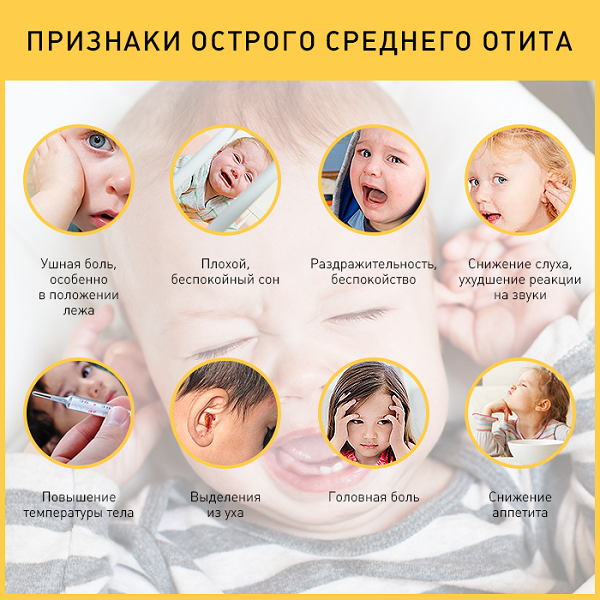
It is not necessary that all of these symptoms occur. Moreover, even such typical complaints as ear pain and fever may not always be present. Sometimes the only symptoms of acute otitis media can be anxiety and disturbed sleep. Moreover, remember that young children often do not understand and cannot show where they feel pain. According to statistics, abdominal pain is in the first place in terms of the frequency of occurrence in children, and ear pain is in the second place.
When it is necessary to see an otolaryngologist (it is enough to have one of the following symptoms):
- moderate symptoms last more than one day;
- my ear hurts a lot;
- the child of the first two years of life began to sleep poorly or became irritable and restless after suffering a runny nose or acute respiratory viral infection;
- discharge from the ear appeared.
Causes of acute otitis media:
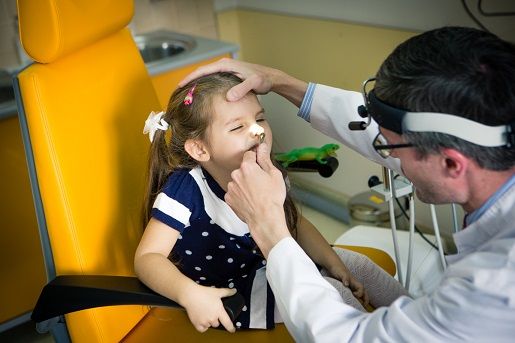
Acute otitis media (catarrhal otitis media) In children, it is caused by bacteria or viruses that have entered the middle ear cavity through the auditory or Eustachian tube from the nasopharynx. This infection is usually a complication of another disease – a runny nose, acute respiratory viral infections or allergic rhinitis, which are accompanied by swelling and inflammation in the nasal cavity, nasopharynx and pharynx.
The auditory (Eustachian) tubes are two narrow passages leading from the nasopharynx into the middle ear cavity. Their role is to regulate the air pressure in the middle ear, periodically pass portions of air from the nasopharynx into the ear and drain normal secretions (mucus) from the middle ear cavity. Swelling, inflammation, and accumulation of mucus in the lumen of the auditory tubes due to an upper respiratory tract infection or allergy disrupts their function and causes fluid accumulation in the lumen of the middle ear. The addition of a bacterial or viral infection that has passed through the auditory tube from the nasopharynx causes symptoms of acute otitis media.
In children, the auditory tubes are wider and shorter than in adults, and also run more horizontally, so the infection spreads more easily from the nasopharynx to the middle ear cavity. According to research, approximately 2/3 of children suffer from at least one episode of acute otitis media during the first year of life, 1/3 suffer more than one episode in the first year of life, and at least 4/5 children suffer from otitis media at least once in the first 2-3 years of life.
Another one фактор predisposing to the development of acute otitis media in children is an increase and inflammation of the adenoids (nasopharyngeal tonsils). Adenoids, one of the organs of the immune system, are an accumulation of lymphoid tissue in the nasopharynx, directly behind the nasal cavity and close to the openings or mouths of the auditory tubes. Enlarged (hypertrophied) adenoids can block the auditory tubes, disrupting their function, and with inflammation of the adenoids (adenoiditis), the infection spreads very easily through the auditory tube into the middle ear cavity.
Risk factors for the development of acute otitis media:
- age from 6 months to 2 years – due to anatomical features of the auditory tubes at this age, as well as an immature immune system;
- attending preschool institutions – where children are more likely to suffer from runny nose and acute respiratory viral infections, which increases the risk of developing a middle ear infection;
- artificial feeding – those children who eat from a bottle, especially in the prone position, suffer from otitis media, on average, more often than those who are breastfed; seasonal factors – in the cold season, the frequency of acute respiratory viral infections is higher, and, as a result, the risk of complications in the form of acute otitis media is higher; children with seasonal allergies have a higher risk of developing a middle ear infection during an exacerbation of an allergic rhinitis. Air quality – it has been proven that secondhand smoke and polluted air increase the risk of developing acute otitis media.
Possible complications:
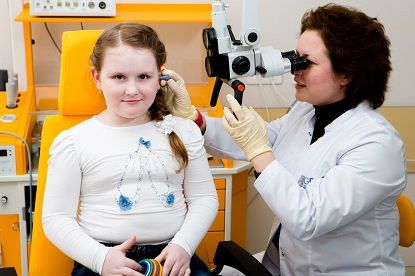
Fortunately, most otitis media do not cause complications. However, frequent or persistent infections of the middle ear, as well as prolonged presence of fluid in the middle ear cavity, can lead to the development of serious complications.:
- Hearing impairment. In most cases of acute otitis media, hearing decreases moderately during inflammation and fully recovers after recovery. However, prolonged infection or prolonged accumulation of fluid in the middle ear can lead to significant hearing loss. If there is permanent damage to the eardrum or other structures of the middle ear, such as the auditory ossicles, chronic hearing loss may develop.
- Delayed development. If there is a persistent hearing impairment in young children, this can lead to a lag in speech and social development.
- The spread of infection. Untreated infections, as well as infections resistant to ongoing treatment, can spread to neighboring areas. Such complications include mastoiditis, an inflammation of the bone cells in the mastoid process located behind the auricle. In the absence of active treatment, damage to the bone septa and the formation of purulent abscesses may occur. In rare cases, the infection spreads to other anatomical structures, up to the brain, which can lead to the development of meningitis or brain abscesses.
- Perforation of the eardrum. If fluid has accumulated in the middle ear cavity under high pressure, the eardrum may rupture, and the discharge from the ear flows through the ear canal to the outside. Most eardrum perforations in children, with adequate treatment, heal within 3 days without consequences for hearing, but require mandatory monitoring by an otorhinolaryngologist. In some cases, surgical closure of a perforation that has not healed on its own may be required.
Diagnostics:
An otorhinolaryngological examination, including an examination of the ears, nose and pharynx, allows you to assess the condition of the ENT organs, the otoscopic picture (type of eardrum), suspect and identify predisposing factors, for example, adenoid hypertrophy, sinusitis, allergic rhinitis. Examination of the ears with a microscope allows you to see the smallest details of the condition of the eardrum. Tympanometry is used to assess the function of the auditory tube, the mobility of the eardrum, and to document the presence of fluid in the middle ear cavity. Acoustic reflexes are recorded for hearing research, and if severe or persistent hearing loss is suspected, an audiologist (sign language specialist) is consulted. If an allergic process is suspected, blood and nasal mucus tests are performed, and endoscopy of the nasal cavity and nasopharynx is performed for adenoid hypertrophy.
Blood tests (general clinical blood count, ESR, C-reactive protein) help to assess the activity of the inflammatory process and choose the optimal treatment strategy. If complications are suspected, computed tomography is indicated.
Treatment:
Given that acute otitis media often resolves without antibiotic treatment, the doctor may recommend monitoring or using ear drops based on the results of the examination, and, if necessary, tympanometry and blood tests. This tactic is used for children aged 6 to 23 months with moderate pain in at least one ear for less than 48 hours and a body temperature below 39 ° C, and for children over 2 years of age with moderate pain in one or two ears for the same time and at the same body temperature.
However, even in these cases, the doctor may recommend taking antibiotics orally, taking into account all the circumstances. It is worth discussing with the doctor the possible pros and cons of such tactics.
It is very important to remember about pain relief. A child should not suffer pain! Remember that earache is considered one of the most severe types of pain! In mild cases, it is possible to use analgesic ear drops; for severe ear pain, it is better to immediately use drugs in the form of syrups or suppositories based on ibuprofen, paracetamol or acetaminophen. Consult with your doctor about the regimen of these medications. Keep in mind that it is more correct to dose painkillers by weight, rather than by the age of the child. Remember that it is highly discouraged to give Aspirin to children due to the possibility of developing rare but serious complications!
Taking antibiotics is usually recommended in the following situations:
- acute otitis media in a child younger than 6 months;
- children from 6 to 23 months of age with moderate pain in two ears or severe pain in one ear lasting more than 48 hours, or fever of 39 °C and higher;
- children over 2 years of age with ear pain and fever above 39 ° C for more than 48 hours, bilateral otitis media or discharge from the ear, questionable possibility of follow-up examination.
In cases of recurrent acute otitis media (three cases in 6 months or 4 cases in the last year), with persistent accumulation of fluid in the middle ear cavity (exudative otitis media) that does not respond to conservative treatment and leads to persistent hearing loss, as well as in severe cases of acute purulent otitis media complicated by the development of mastoiditis, it is recommended that tympanostomy with the installation of a transtimpanal aerator. During this procedure, the surgeon makes a tiny hole in the eardrum, ensuring a good outflow of fluid or pus from the middle ear, and inserts a small tube into this hole, not visible from the outside. This tube prevents the hole from healing quickly on its own, provides long-term drainage and aeration of the middle ear, and stays in place for a long time without causing any inconvenience. After a few months, it often falls out on its own; if this does not happen, it may need to be removed later.
Physical therapy is currently not included in the international recommendations for the treatment of acute otitis media in children.
Prevention:
- If possible, try to reduce the child's incidence of runny nose and acute respiratory viral infections. Teach him to wash his hands more often, not to use other people's cutlery, and cover his mouth when coughing and sneezing. Do not take your child to kindergarten if he feels unwell, and it is also better to leave him at home if other children are clearly ill.
- Do not smoke in the presence of a child. If possible, stick to breastfeeding for at least 6 months - this improves the body's resistance to infections. When feeding from a bottle, do not hold the baby in a prone position.
- Discuss with your pediatrician vaccination against influenza virus and pneumococcal infection, which is the most common cause of acute purulent otitis media in children.
Why the EMC
The first and only clinic in Russia, created in the image of the world's leading clinics
EMC is a multidisciplinary center offering patients a high level of medical services and a personalized approach
Worldwide recognition and awards
 Learn more
Learn more
Worldwide recognition and awards
 Certificates and licenses
Certificates and licenses
Make an appointment for a consultation
Specify your contacts and we will contact you to clarify the details
Reviews
and new products of the EMC


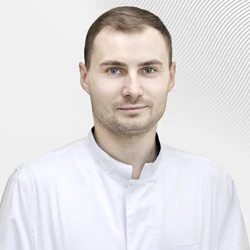
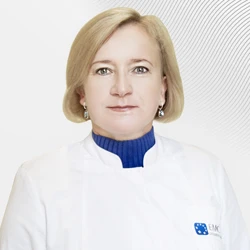
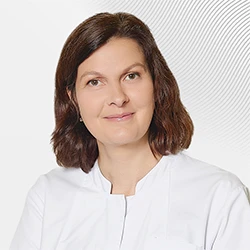


.webp)
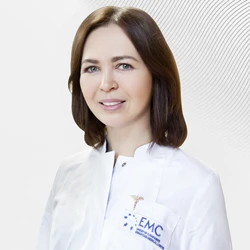

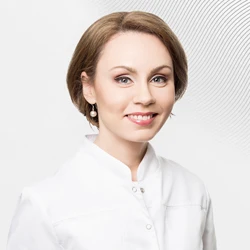

.webp)
